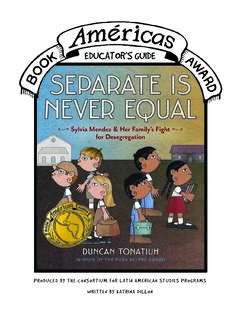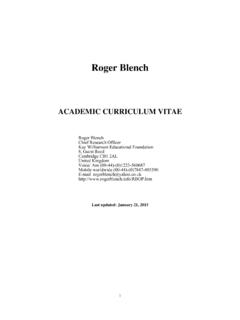Transcription of Columbus’ Diary: A Primary Source - University of New Mexico
1 Latin American & Iberian Institute 51 Exploration and Conquest in the AmericasColumbus Diary: A Primary SourceThere are a number of different ways to use columbus diary entries so that students are exposed to using Primary Source materials. The first activity here is taken from A History of US: The First Americans: prehistory -1600, Teaching Guide (3rd ed) by Joy Hakim. It is most easily used with middle or high school students, but if adapted, possibly done as a whole group activity, it can be used with upper elementary students as well. The second activity is taken from an article by Bill Bigelow columbus s Diary: Reading Between the Lines in RTC (p. 95) Hakim suggests using columbus report from his first voyage to help teach students how to organize and interpret information from a non-fiction Source .
2 Activity One: Historical Discussion(Taken from A History of US: The First Americans prehistory -1600, Teaching Guide for the 3rd Edition, p. 45)1. Ask students to read columbus report of his first voyage (provided on the next page).2. After reading, have students identify the main idea or idea from each of the paragraphs. Stu-dents can do this individually, in partners or small Once students have identified the main ideas, have them re-read the report and find the details that support each of the main ideas. They should make a list of each main idea with its support-ing details. 4. Using the lists they ve created, have students interpret columbus report. Use the following as guiding questions:a. What was columbus general view of the Indians?b. Why did he view them the way he did?
3 C. What is the significance of his comments about the gold the Indians wore?Students can either just provide answers to these questions or have them use the questions and the answers as the basis for writing a paragraph that explains their interpretation of columbus report. Students can also create their own questions to pose to the rest of the class. Students may also come up with other interpretations not touched on by these questions that could be shared in a class discussion of students American & Iberian Institute 53 Exploration and Conquest in the AmericasRethinking columbus . columbus Diary: Reading Between the Lines (p. 95-6)Activity Two: Point of View DiscussionFor the complete activity, please see RTC (p.)
4 95). Below is a brief description and explanation, but in the handout of columbus diary provided on the following pages Bigelow offers many guiding questions and ways to encourage students to think more deeply about the article. It would be an excellent resource for a teacher to read in order to prepare to teach this activity to your students. 1. Explain the history of the document being used here, and the idea of a transcription to your Read and discuss the critical reading questions (found on p. 96 RTC)a. What attitudes does columbus have about the people he encounters (the Indians )? Sum-marize these and then give at least three quotes from his journal as Based on what you read in his journal, what does it appear that columbus cares about, what he wants?
5 Give several quotes as Based on columbus s observations, what if anything can you tell about the kind of people the Indians are what they value, how they treat other people, etc. If you don t think you can tell anything about the Indians from columbus journal, give your reasons for why Bigelow suggests reading at least the first day s entry with the students, line by line, asking them guiding questions to encourage them to think deeply about what entry reveals about columbus s thoughts, priorities, Once students have read the entire document, have them work in small groups to answer the critical reading questions.







